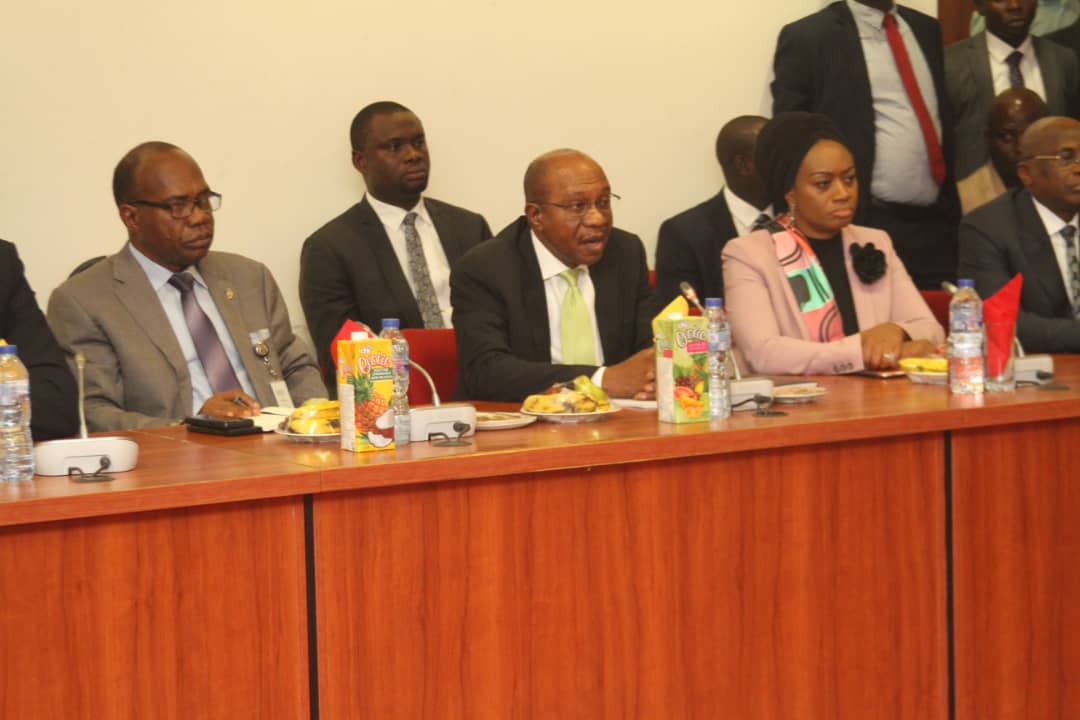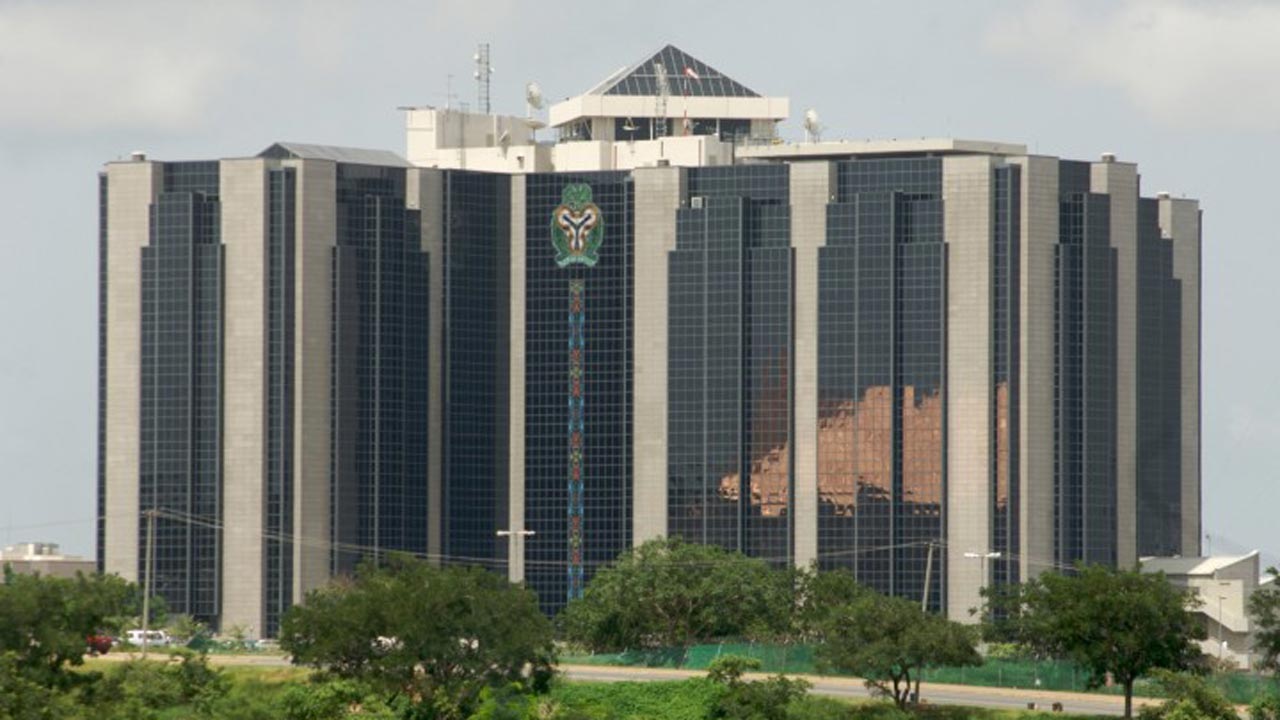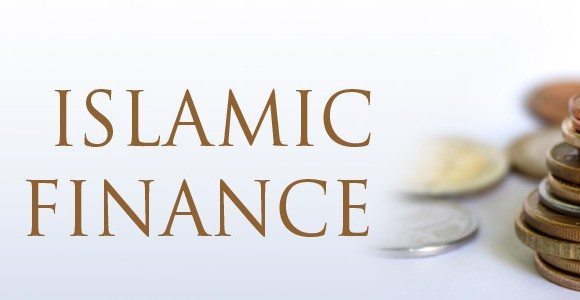No Impact Of Rate Cut Yet On Nigeria’s Economy, MPC Members Say In Personal Statements

Members of the Central Bank of Nigeria (CBN) Monetary Policy Committee (MPC) recently expressed disappointment that their decision at the meeting of March to cut benchmark Monetary Policy Rate (MPR) has not yielded the expected impact on market rates.
In their personal comment during the meeting of May 20 and 21, 2019, and published by the apex bank on Tuesday, majority of the 11 members expressed worry that rather than impacting banks’ credit to the domestic economy, banks continue to concentrate lending to government and risk-free financial assets.
They also noted that although Non-Performing Loans (NPLs) ratio is on the decline, it is still way above the prescribed regulatory threshold. The drop in NPL, they however noted, was driven more by significant asset portfolio write-offs than recoveries.
According to Prof. Festus Adenikinju, for example, although rates on intermediate financial assets decreased, “maximum and prime lending rates rose in April, while rates on consolidated demand, savings, and terms deposit declined, further worsening the gap between the average lending and deposit rates.”
He, therefore, called for “coordination between monetary policy and fiscal policy is important to ensure that current policy interventions have the desired impacts on the economy.”
He also drew attention to the high and worrisome fiscal deficit, just as “government debt is rising in the face of underperforming revenue, and security is a major challenge, posing a significant threat to investment and economic growth.
“One viable way to address revenue underperformance is for the government to explore alternative funding sources for infrastructure projects,” he noted, stressing the “need to allow the previous cut in the MPR to work itself through the system.”
Robert Asogwa, another member also agreed that the monetary policy easing at the March 2019 MPC meeting seems not to have stabilized Nigeria’s economic conditions as expected, with maximum lending rate up by 0.05% between March and April 2019, and prime lending rate growing by 3.30%.
He lamented also that the current trend in total bank credit seems not to have responded to the monetary policy shifts, just as banks’ “profitability indicators responded poorly to the easing of monetary policy and have remained volatile even though such soundness indicators as capital adequacy ratio and non-performing loans ratio are on the positive trajectory.”
Although it may appear too early for the March MPR cut “to have reduced some short term risks on the financial market so as to guarantee improved credit supply, additional monetary policy rates cut now are unlikely to reverse credit trend or even boost domestic demand.”
Instead, he continued, “there is a short-term likelihood that it could spur additional financial market imbalances, which may further raise the risks to financial stability. “Given this limited monetary policy space, a moderate fiscal stimulus but with less elevated public debt levels would be very useful for further bolstering growth in critical underperforming sectors of the economy.”
On his part, Edward Lametek, a deputy governor and committee member, expressed concern that “the effects of the downward adjustment of the MPR in March had not fully manifested and that downside risks to growth were quite strong.”
Worse still he continued, credit to the private sector is on the decline, a situation he said: “needs to be halted and possibly reversed to strengthen economic activity and job creation.”
As if this was not bad enough, he noted the decline in credit to the real economy.
Hajia Aishah Ahmad, another deputy governor-member of the committee, lamented conflicting signals from the industry, given that Industry capital adequacy, liquidity, and profitability are improving just as NPLs reduced between February and April 2019.
This picture of financial resilience while credit to the private sector contracted between February and March 2019, as trading activities increased vis-à-vis a reduction in non-interest income from credit activities, she continued, “is at odds with the current low levels of real sector lending, especially in the light of burgeoning lending to government observed in banks’ outsized subscriptions to risk-free Treasury securities.”
Mrs. Ahmad also noted the residual low-risk appetite in the banking industry owing to the high level of Non-Performing Loans.
Nonetheless, she argues, “the industry must dramatically increase lending to the real sector to strengthen the economic recovery, bolster domestic productivity and create jobs,” while urging the banks to increase investments in technology. This is expected to facilitate efficient retail loan distribution and explore using behavioral analysis and artificial intelligence to enhance credit decisions, particularly for loans to the informal sector.
“These must be supported by other institutions and initiatives designed to derisk lending to SMEs such as microfinance banks, (including the new national microfinance bank), collateral registry (to expand small and microcredit collateral options) and the CBN’s interventions in employment elastic sectors like agriculture and more recently textile and creative industries which will help bridge the credit gap and lower lending rates in the long run,” she added.
With the unemployment rate at 23.1% at the end of 2018Q3 and Nigeria’s 2019 real GDP projected to grow between 2.0-3.0%, which is below levels required to reduce vulnerabilities and improve development outcomes, Mrs. Ahmad noted the need to significantly stimulate the domestic economy. This, she continued, is in view of the limited fiscal space, whilst supporting growth in the non-oil sector which remains the key driver of output growth.
For Hassan Balami, the improvement in NPLs ratio from 11.28% in February 2019 to 10.95% in April, was driven by write-offs and recoveries, just as increased provisioning by banks.
Even then, Mahmoud Isa-Dutse, said poor credit delivery to the private sector by banks cannot be attributed to low system liquidity because the converse is the case, following which it may be “inappropriate to contemplate a further policy rate cut as this will add fuel to the liquidity overhang and jeopardize the price stability mandate of the Bank, especially in the light of the uptick in the general price level in April 2019.”
Instead, he called for more appropriate actions “to decisively deal with the numerous factors which account for the high level of NPLs in the system to create a conducive environment for banks to lend for both production and consumption.”
He, therefore, called for a reasonable time lag to judge the impact of the recent policy rate cut, as any rate cut will aggravate liquidity problems and be out of tune with the buildup of inflationary pressures. Even then, he added, an increase is likely to undercut the nascent growth in output and exacerbate the high level of unemployment and underemployment in the economy.
Mike Obadan, while noting the weak government revenue mobilization, unstable and inadequate oil revenue receipts, and fiscal deficits, following which revenue projections are not realized while expenditures are large, has repeatedly resulted in huge fiscal deficits, public debt accumulation and pressure on the monetary authority.
“The fiscal deficit in 2018 was N3.6tr, financed by domestic borrowing, external borrowing, and the monetary authority (net deficit). Consequently, the country’s public debt has grown and become highly worrisome with debt servicing accounting for a very significant proportion of revenue and the annual budget.
“The total public debt as at December 31st, 2018 stood at N24.387tr with external debt accounting for 32%,” he said, warning that the country would not like to return to the pre-2005 era of external debt crisis, hence the need to exercise control future foreign borrowing.
He called for intensified efforts to “grow the economy, diversify the revenue base and mobilise significant nonoil revenue. Greater stability will be achieved when the country begins to rely more on taxation rather than unstable oil receipts to finance development.






